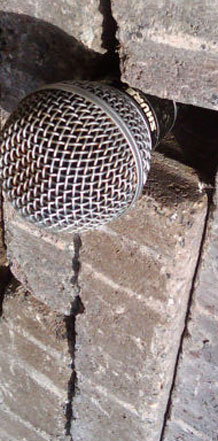Creating 'virtual seismometers' deep inside the Earth
Seismologists use networks of sensors, called seismometers, at hundreds of locations over our planet's surface to record signals from the earthquakes generated by the huge tectonic forces deep inside the Earth. Typically, these signals are then used to characterize earthquakes and also to build up a picture of the interior of the Earth.
However, the networks are generally restricted to land areas, with very few seismometers in the deep oceans. This means there are relatively few local measurements from areas of great interest such as mid-ocean ridges and subduction zones where some of the largest earthquakes occur.
Virtual seismometers
New research by Curtis et. al, in Nature Geoscience Virtual seismometers in the subsurface of the Earth from seismic interferometry, 30 August 2009, shows how earthquakes located deep within the Earth can be turned into virtual seismometers. This builds on recent research that shows how information about the Earth can be extracted from background noise recorded at pairs of seismometers, an approach commonly known as seismic interferometry.
However, Curtis et. al, (2009) show how the theory can be modified to turn any energy source into a receiver. This then allows us to use earthquakes as virtual sensors in places where there are no actual seismometers.
Whereas normal seismometers measure how the ground surface shakes due to an earthquake, the new virtual seismometers record how the Earth strains beneath the Earth's surface. Changes in strain are good indicators of changes in stress, and stress changes on fault zones inside the Earth trigger other earthquakes. So, for the first time we can measure of strain and inferred stress deep inside fault zones, perhaps bringing us a step closer to solving the earthquake puzzle.
Further information
Contact Brian Baptie for further information.

- A Comparison of the Folkestone and Market Rasen Earthquakes
- Seismogenesis and State of Stress in the UK
- Monitoring Volcanic Eruptions Using Interferometry
- Particular events
- Are yesterday's earthquakes tomorrow's disasters?
- Creating 'virtual seismometers' deep inside the Earth
- Is earthquake activity related to the Moon or Sun?
- Is earthquake activity increasing?
- New research shows artificial intelligence earthquake tools forecast aftershock risk in seconds
- New research highlights significant earthquake potential in Indonesia's capital city
- Oasis revealed as Scottish capital's 'most seismic' concert
- Kamchatka earthquake highlights the advances in tsunami early warning systems
- Artificial intelligence is proving a game changer in tracking the Santorini earthquake swarm



